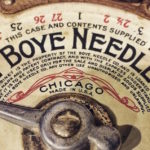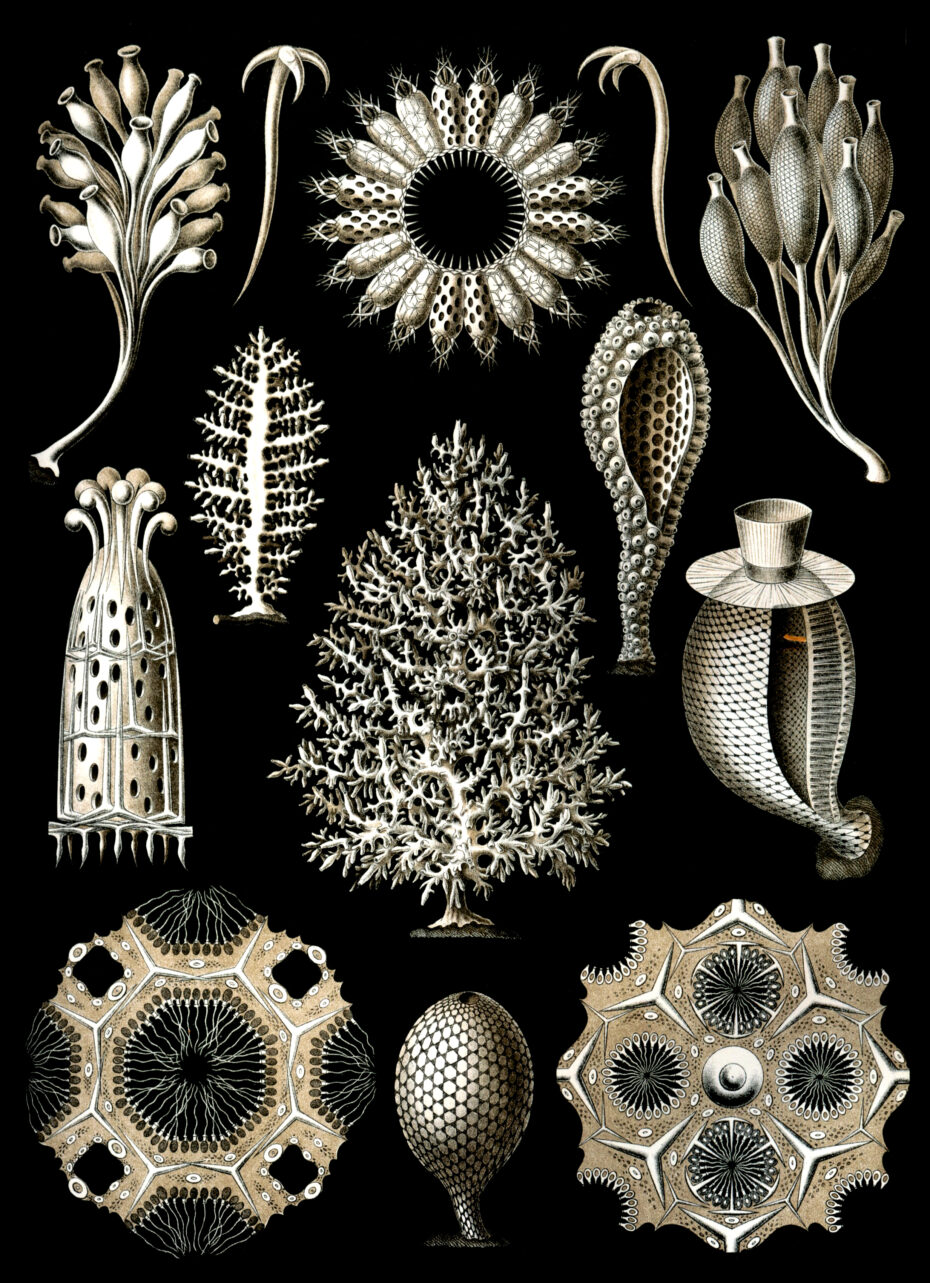
Did you know that a glass sponge could live as long as 15,000 years? They could probably live up to 40,000 years if changing sea levels weren’t a factor, and are thought by many to have the longest life span of any animal on Earth, in fact, sponges are probably the closest to what the first animals looked like. The oldest living glass sponges were believed to be extinct for over 100 million years and only recently rediscovered in the last 25 years, living on reefs of themselves at depths of 450m to 900m. Sea sponges, are some of the simplest yet most intriguing creatures in the ocean, and they are my curiosity du jour.
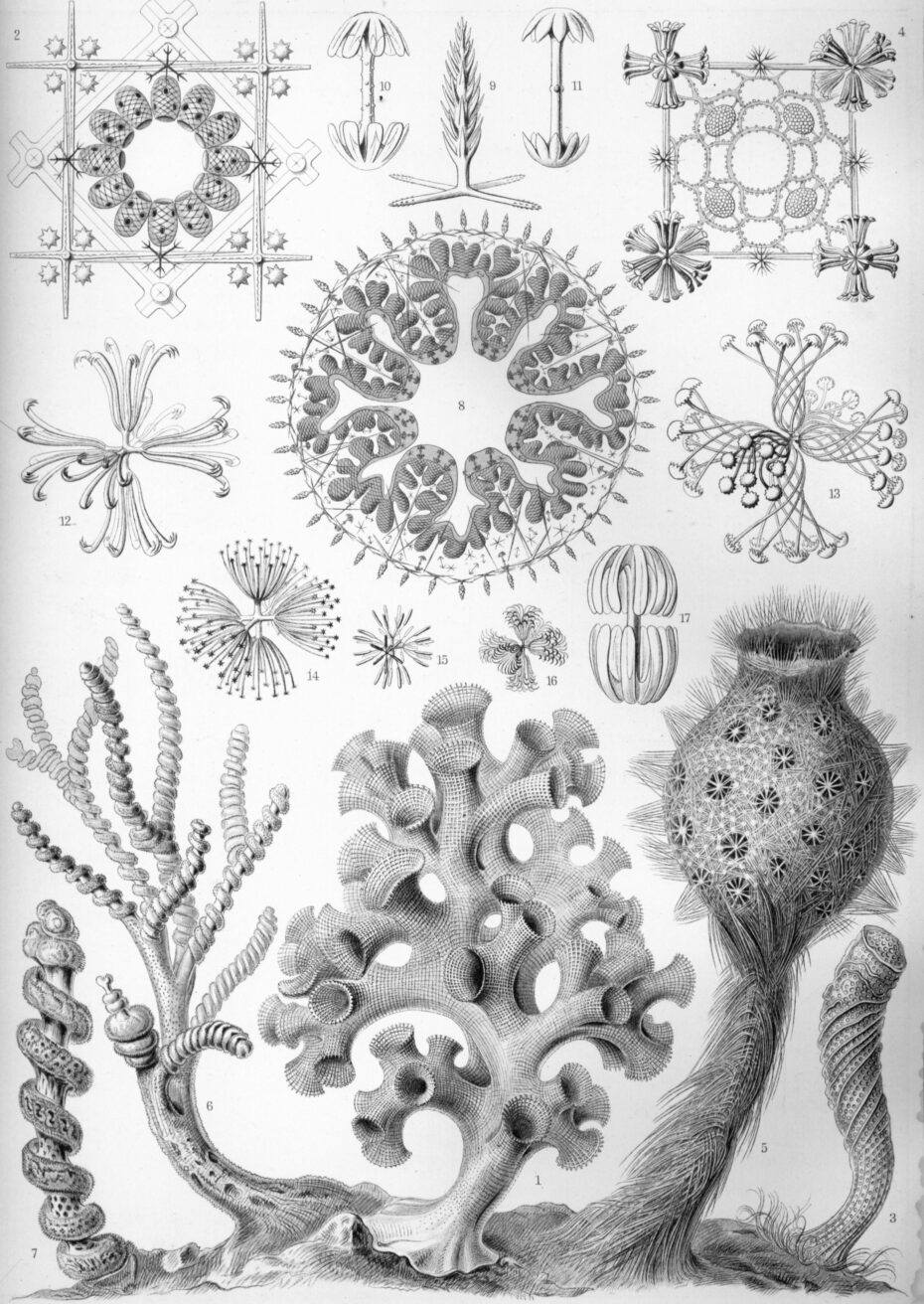
Sea sponges belong to the phylum Porifera, which means “pore bearer” in Latin. Fossil records suggest that sponges have existed for more than 500 million years, making them some of the earliest forms of multicellular life on our planet. Their simple body structure, consisting of loosely organized cells without true tissues or organs, is a testament to their ancient lineage.
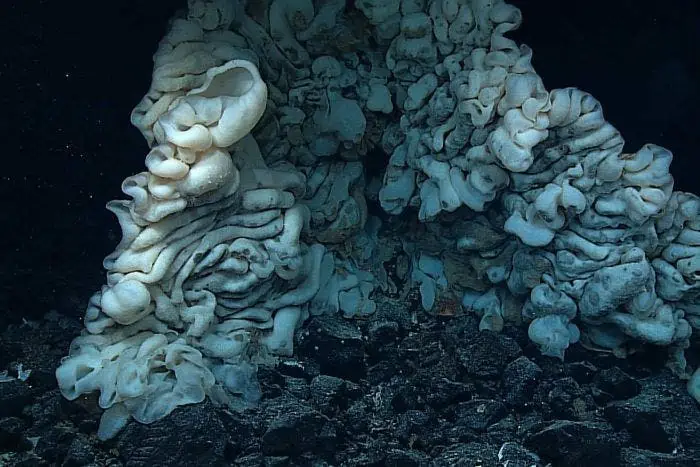
One of the most remarkable features of sea sponges is their ability to filter vast amounts of water, and they are essentially nature’s vacuum cleaners. Some large sponges can filter up to 50,000 times their volume in water daily! They do this by drawing water through tiny pores on their surface, trapping microscopic food particles such as plankton and bacteria, and then expelling the filtered water through a large opening called the osculum. This filtering process not only provides nourishment for the sponge but also plays a critical role in maintaining the health and clarity of the surrounding marine environment.
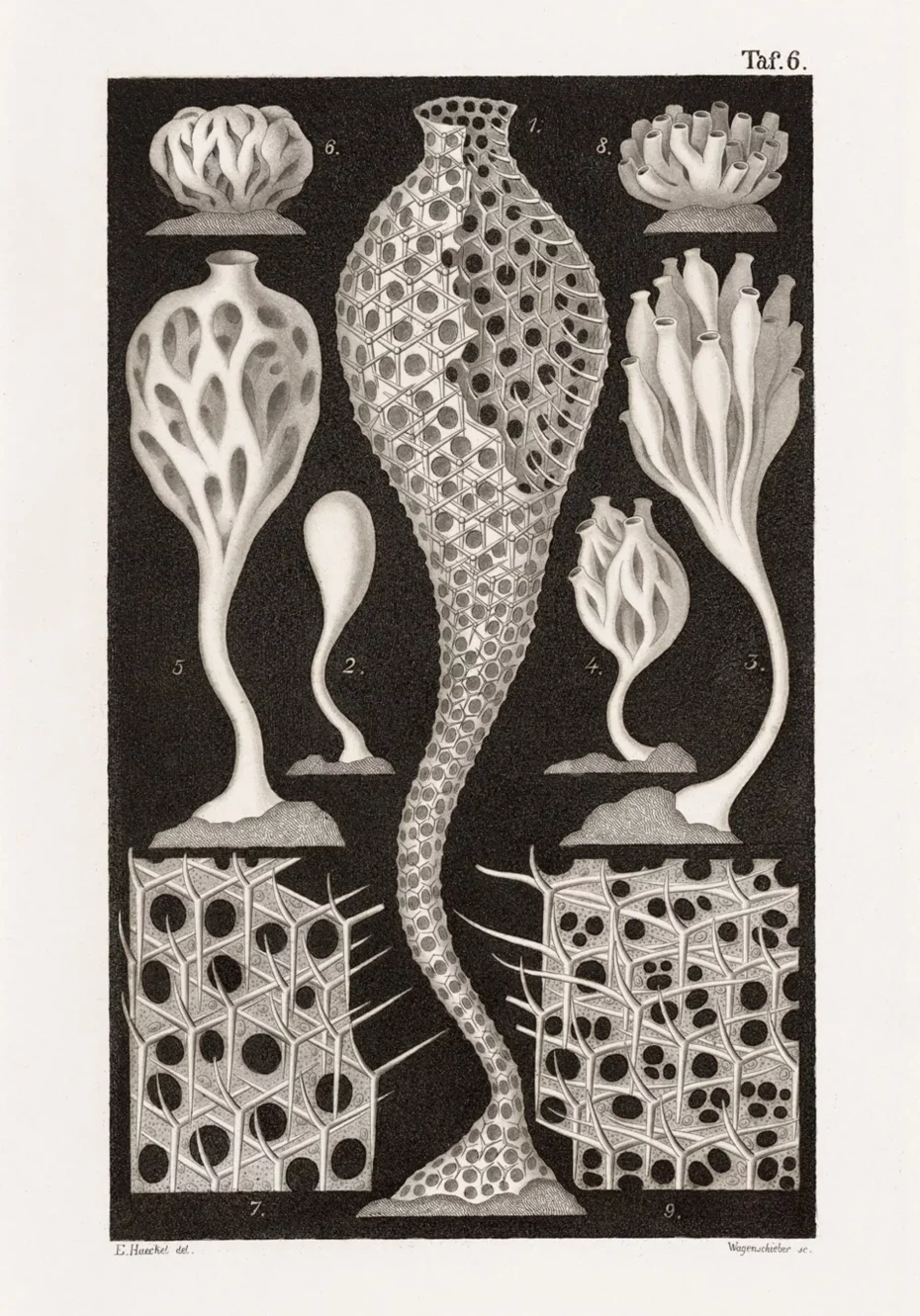
They help maintain water quality by removing bacteria and other particles from the water. Additionally, sponges provide habitat and shelter for a wide range of marine organisms, including fish, crabs, and mollusks. By recycling nutrients and creating complex structures, sponges contribute to the overall biodiversity and stability of coral reefs and other marine environments.
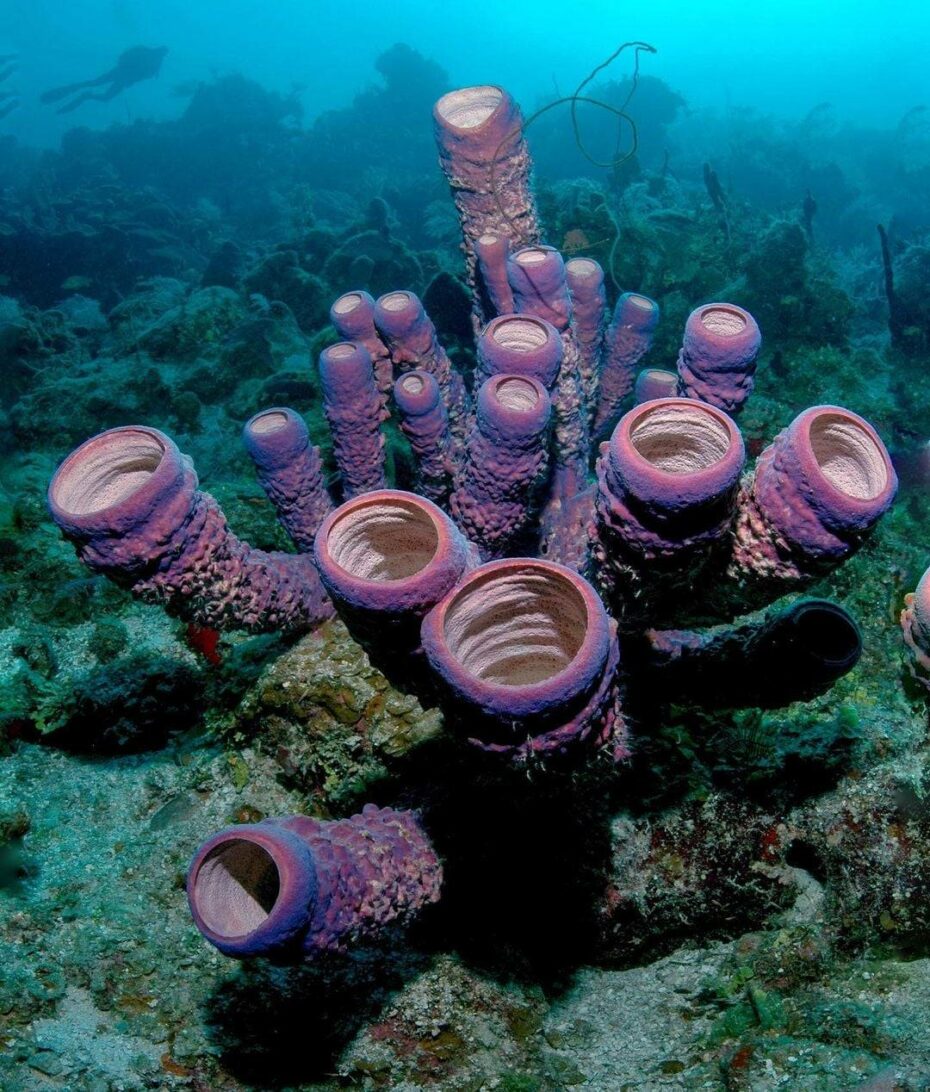
They have many superpowers in fact, and can regenerate entirely from fragments. If a sponge is broken into pieces, each piece can potentially grow into a new sponge. This remarkable trait is due to their unique cellular organization, where specialized cells called “totipotent cells” can transform into any cell type required for regeneration. This makes sponges exceptionally resilient to injury, predation, and environmental changes.
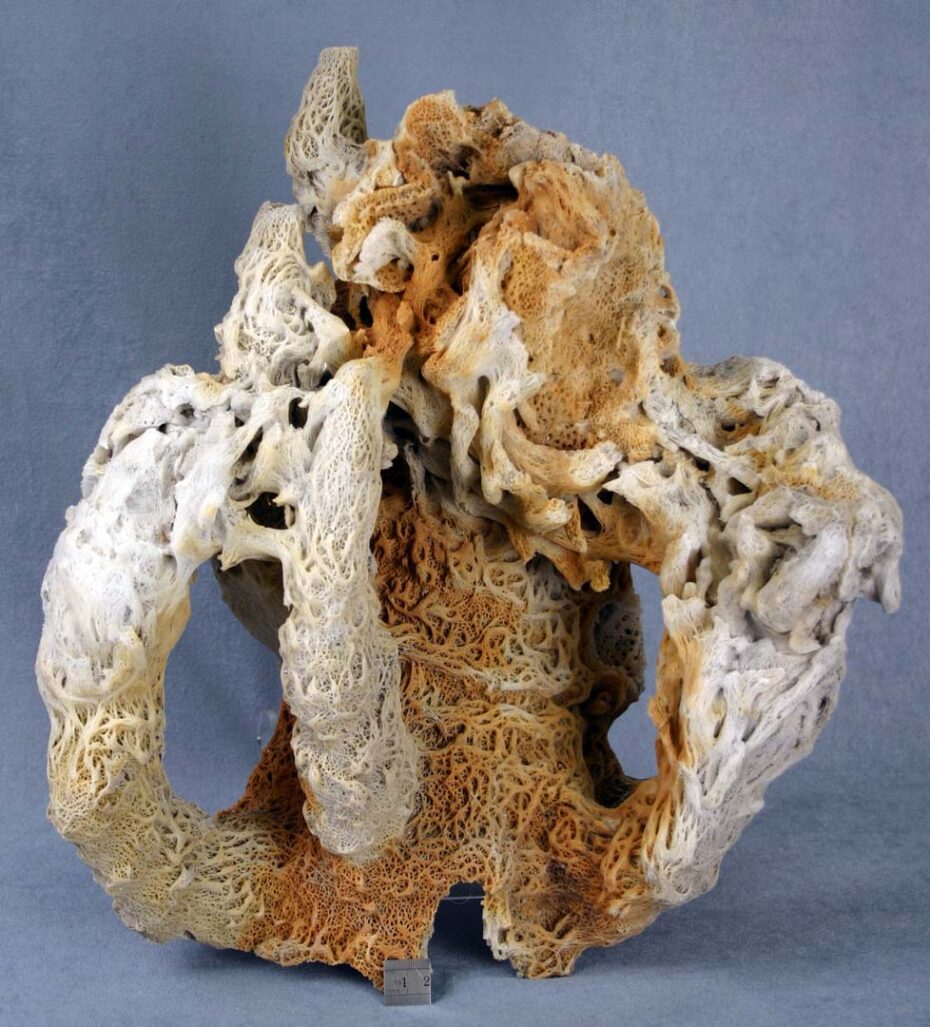
Glass sponge (source)
Sponges are considered a treasure trove for new drug discovery, and many pharmaceutical companies are studying them for potential medical breakthroughs. Think of them like chemical factories, known to produce a vast array of bioactive compounds that have potential medical applications. Many of these compounds are produced to protect themselves from predators, bacteria, or fungi. Scientists have discovered that some sponge-derived chemicals have potent anti-inflammatory, antiviral, antibacterial, and even anticancer properties.
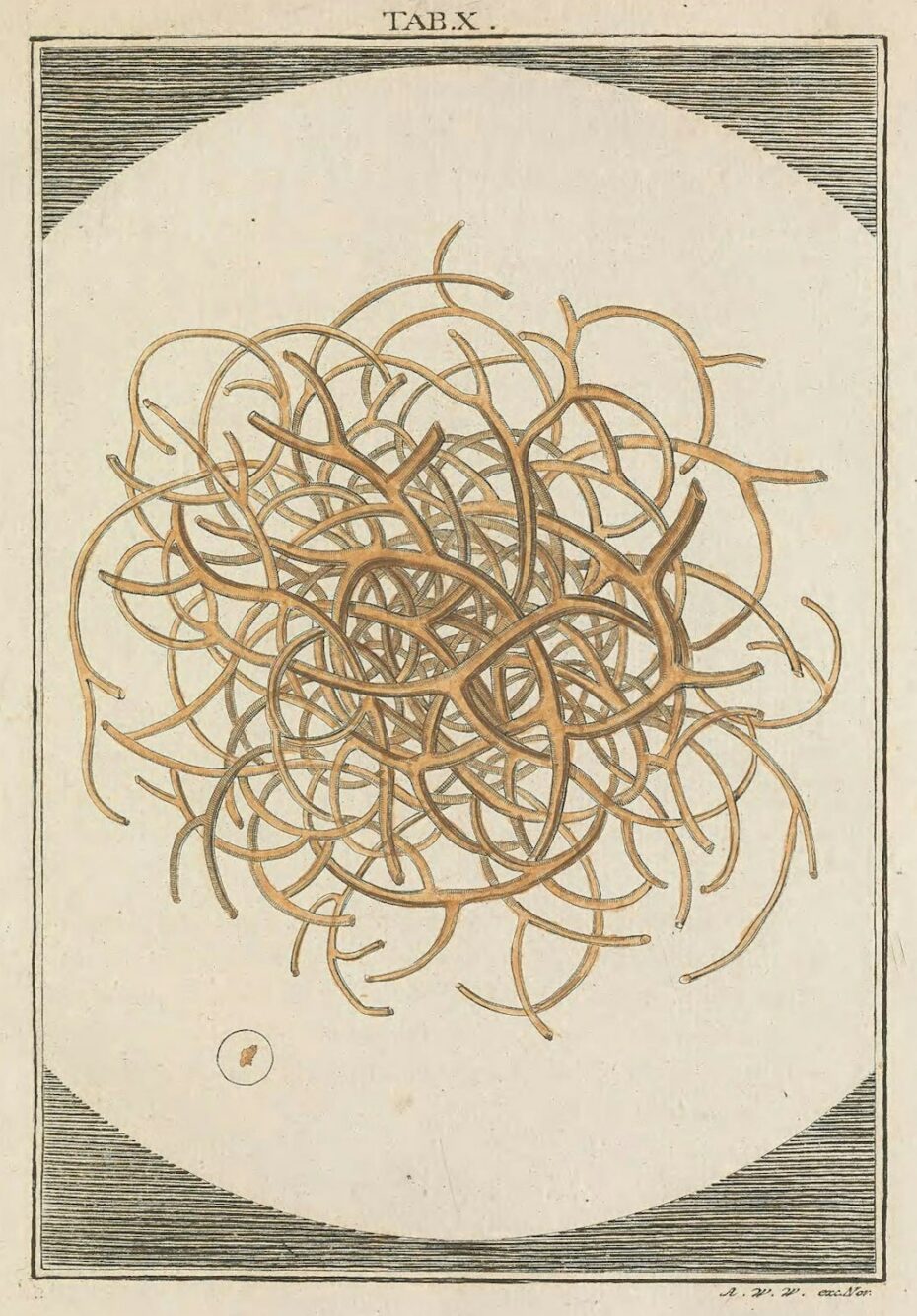
Fun fact: Sponges can reproduce both sexually and asexually. Sea sponges have fascinating reproductive strategies. They can reproduce sexually, where they release sperm into the water to fertilize eggs in other sponges, or asexually, through budding or fragmentation. This flexibility in reproduction allows sponges to adapt to changing environmental conditions and maintain their populations over time.
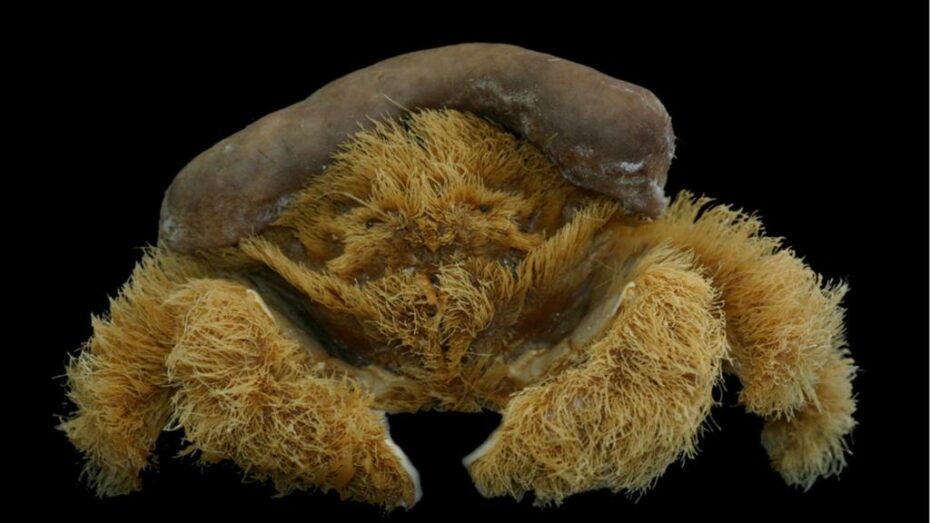
While sponges may look similar at first glance, they come in an astonishing range of forms. Some are shaped like vases, tubes, or barrels, while others have encrusting or branching forms. Some species have even been found living in extreme environments, such as hydrothermal vents and polar ice caps. Their ability to survive in these diverse and often harsh conditions demonstrates their remarkable resilience and evolutionary success. In fact, they may hold clues to early animal evolution. Studying sponges’ genetic makeup and cellular organization helps scientists understand how complex life forms may have evolved from simpler ancestors. Some researchers even believe that sponges might represent the earliest branching point in the animal kingdom’s evolutionary tree.
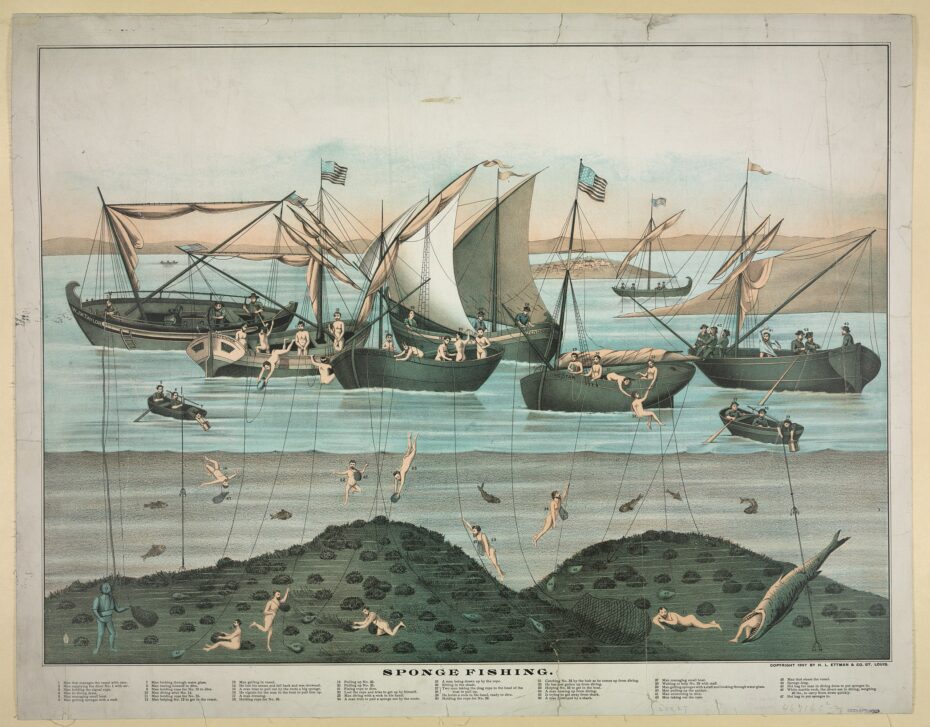
Sponge diving, the practice of harvesting sea sponges from the ocean floor, is one of the oldest known forms of underwater diving, dating back at least 5,000 years to the ancient civilizations of the Mediterranean, particularly in Greece and Egypt. The earliest evidence of sponge use comes from the ancient Egyptians, who valued sponges for their absorbent properties, using them for bathing, cleaning, and padding armor. However, it was in ancient Greece where sponge diving began to emerge as a specialized trade. The island of Kalymnos, known as the “Sponge Divers’ Island,” became a prominent center for sponge harvesting. Greek divers, often working without any diving equipment, would free-dive to depths of 100 feet or more, holding their breath for several minutes at a time. To help them descend more quickly, they often used a stone weight called a “skandalopetra,” which they would drop upon reaching the bottom to leave their hands free to collect sponges. By the Middle Ages, sponge diving was well-established along the coasts of the Mediterranean. The Ottoman Empire, which controlled much of the eastern Mediterranean, began to recognize the economic potential of the sponge trade. Sponges were used for a wide variety of purposes, from bathing and cleaning to use in medicine and arts.
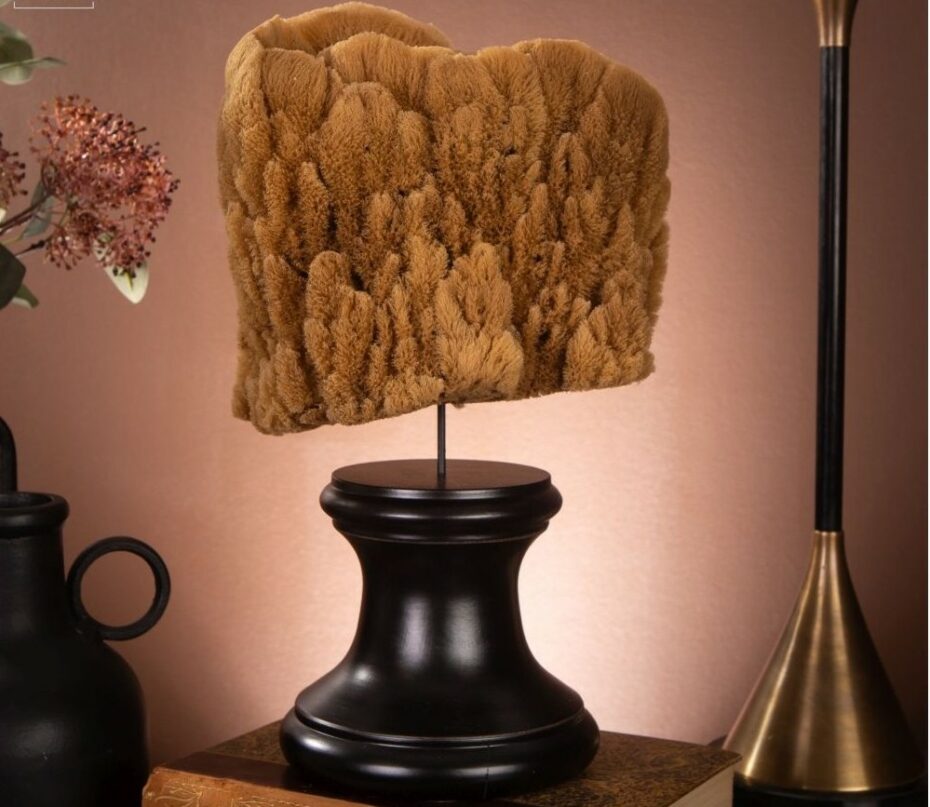
One of history’s greatest collectors, Levinus Vincent, had one of the finest and most remarkable cabinets of curiosity. His 18th century wunderkammer in the Dutch Republic was famous across Europe and one of the most unusual components was a cabinet with a woodland-like scene created from different kinds of corals and sponges.
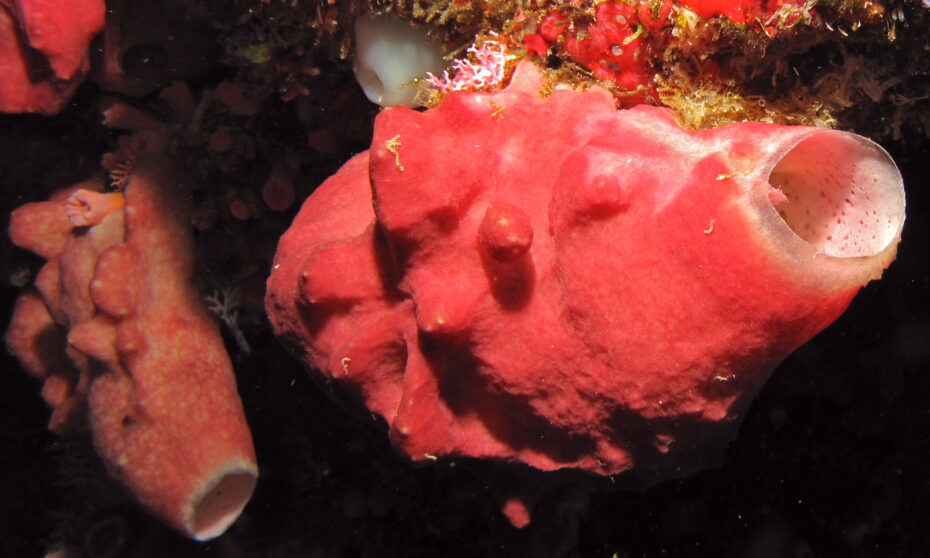
Sea sponges captivated the curiosity of early naturalists and collectors. Their unusual forms, textures, and vibrant colors made them visually striking of course, but early on, sponges were thought to hold medicinal properties and were often believed to be a type of plant rather than an animal. Deep-sea sponges were perhaps the most sought after specimens for a collector’s cabinet, such as the Venus’ flower basket (Euplectella aspergillum), possess skeletons made of silica, which can resemble delicate, intricate glass sculptures.
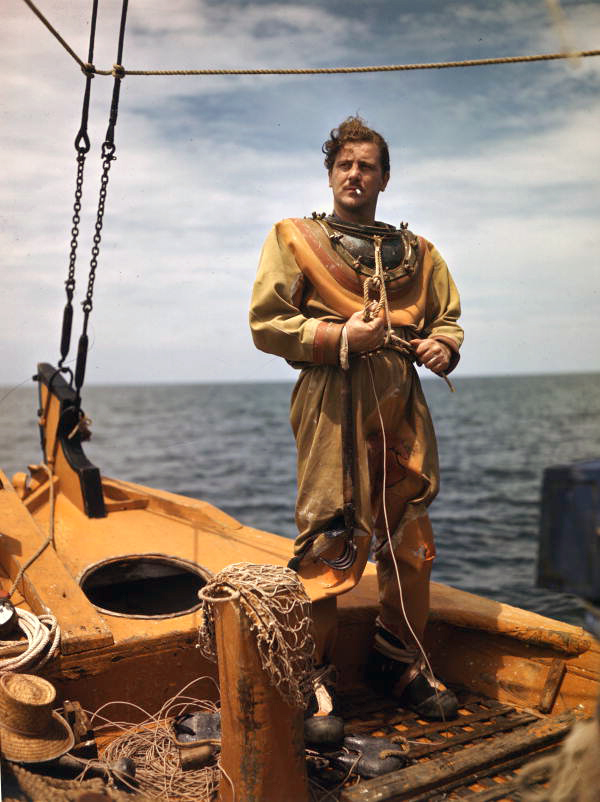
Fast-forward to the 19th century, and a small coastal city in Florida, is about to become known as the “Sponge Capital of the World.” The story of Tarpon Springs’ rise to fame as a sponge hub began in the 1880s, when John Cheyney, a local entrepreneur, established the first sponge business in the area after discovering the abundance of natural sponges in the warm, shallow waters of the Gulf of Mexico. The demand for natural sponges, used for cleaning and bathing, was high, and Cheyney saw an opportunity to capitalize on this resource. The industry truly took off when experienced Greek divers arrived in Tarpon Springs in the early 1900s. The Greeks of course, brought with them a long tradition of sponge diving, a practice that had been refined in the Mediterranean for centuries. Divers from the Dodecanese Islands, particularly the island of Kalymnos, were invited to work in Tarpon Springs. The arrival of these divers marked the beginning of a Greek migration to the area, and soon, Tarpon Springs developed a vibrant Greek community. By the 1930s, there were hundreds of Greek sponge divers living and working in the town, making it the largest Greek community in the United States at the time.
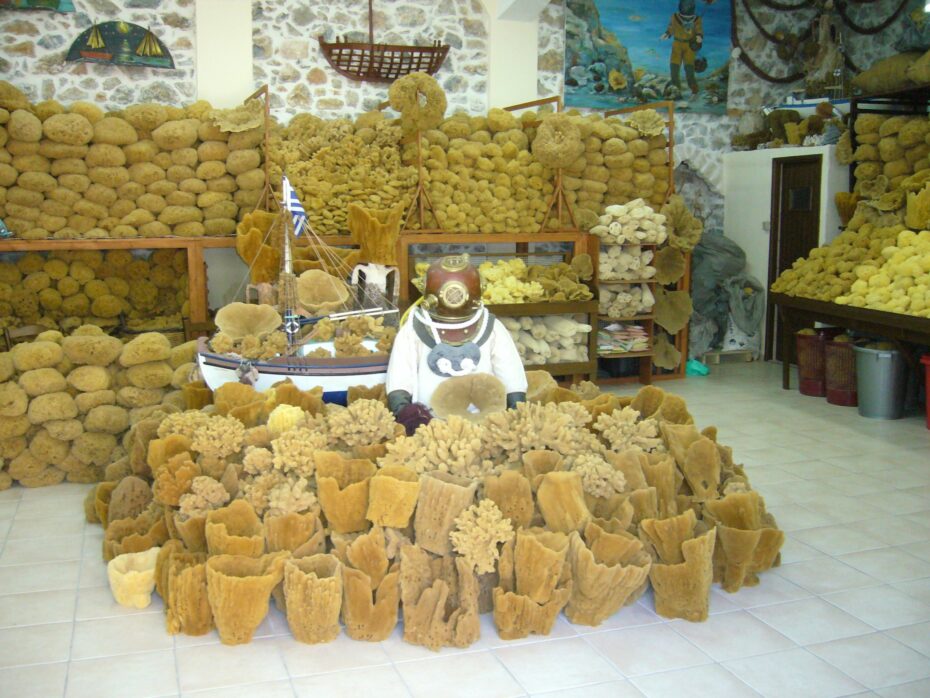
The sponge industry in Tarpon Springs flourished, and the town experienced its “Golden Age” from the early 1900s to the 1940s. At its peak, Tarpon Springs was one of the most significant sponge ports in the world, with dozens of sponge boats lining the docks and thousands of sponges harvested annually. The local economy boomed, and the sponging business became the cornerstone of the town’s prosperity. The town’s historic Sponge Docks, located along the Anclote River, have become a popular tourist attraction, drawing visitors eager to learn about the sponging tradition and experience the local Greek culture. The docks are lined with sponge shops, Greek restaurants, and bakeries, providing a vibrant and authentic atmosphere reminiscent of a Greek island.
So there you have it — the surprising saga of the humble sea sponge, a creature that’s been quietly chilling on the ocean floor for half a billion years while secretly revolutionizing ecosystems, sparking international trade, and inspiring everything from ancient curiosity cabinets to modern-day bath routines. Not bad for an animal with no brain, no heart, and not a single bone in its body!


